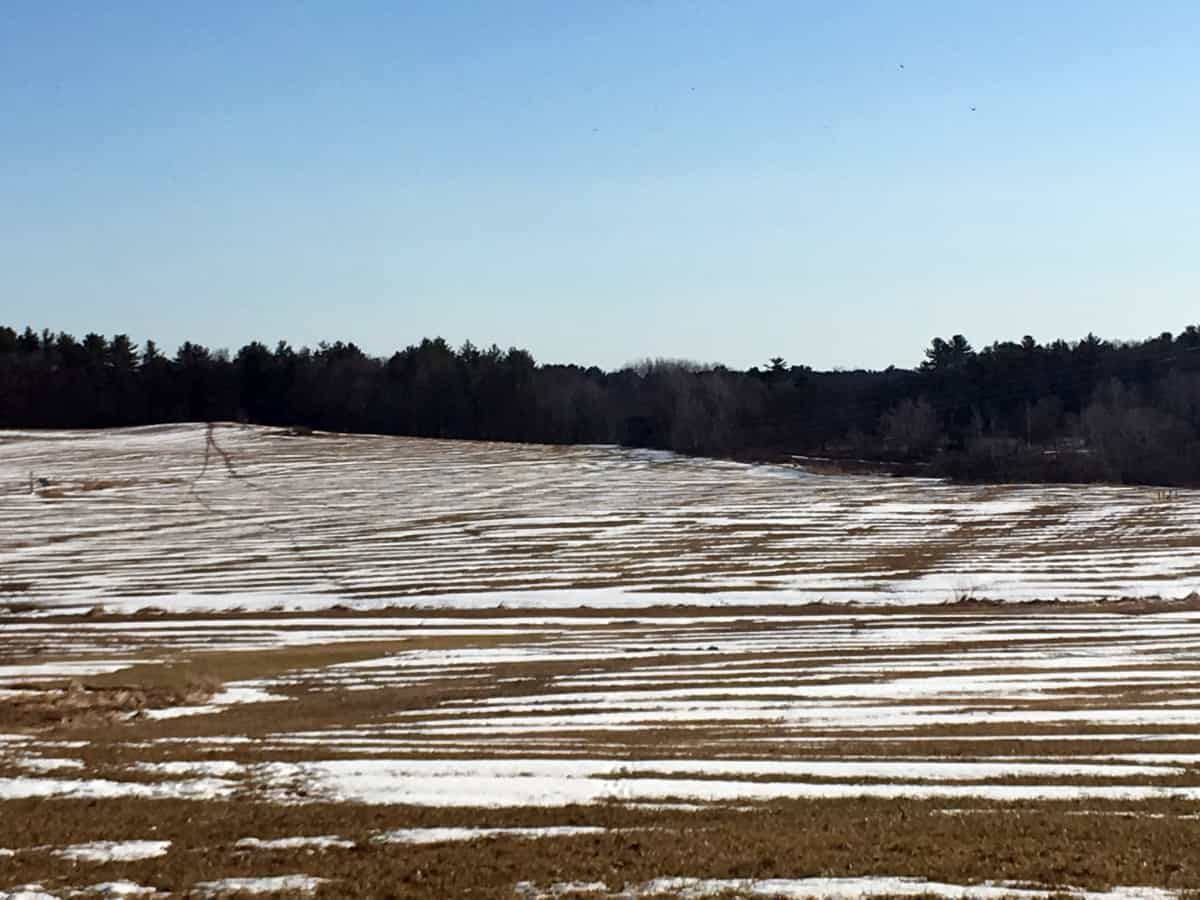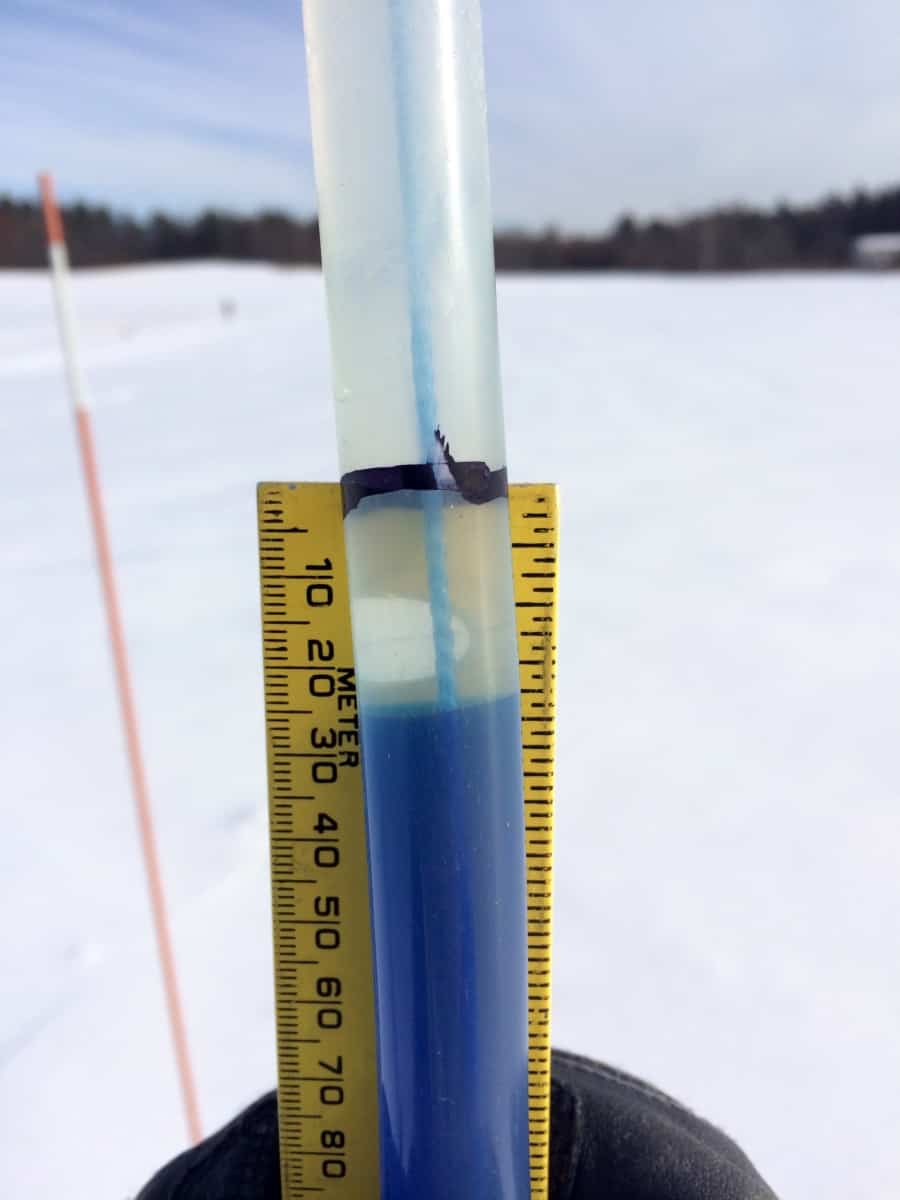 DURHAM, N.H.—As climate changes, Northeast winters are warming more rapidly than other times of the year. While this may mean favorable growing conditions start earlier in the year, some ecosystems, such as perennial grasslands, can take better advantage of that change than others, such as forests, according to new research from the New Hampshire Agricultural Experiment Station at the University of New Hampshire.
DURHAM, N.H.—As climate changes, Northeast winters are warming more rapidly than other times of the year. While this may mean favorable growing conditions start earlier in the year, some ecosystems, such as perennial grasslands, can take better advantage of that change than others, such as forests, according to new research from the New Hampshire Agricultural Experiment Station at the University of New Hampshire.
“By the end of the century, we expect a typical winter will be 3 to 5 °C warmer on average than what we currently experience,” said Rebecca Sanders-DeMott, a postdoctoral research associate with the Earth Systems Research Center. “Although we think of winter as the dormant season for plants, it is increasingly clear that winter conditions have an important effect on ecosystems, such as forests and grasslands. While we might think a longer growing season means that forests can take up more carbon, this can be offset if warm winters cause soils to thaw and lose carbon long before tree growth begins.”
 To evaluate the impact of warmer and more variable winters, researchers have been monitoring ecosystems since 2014. Using environmental sensors mounted high above the forest and grassland, they continuously measure how much carbon dioxide is moving in and out of the ecosystem, which is a metric of biological activity much like the ecosystem’s breath.
To evaluate the impact of warmer and more variable winters, researchers have been monitoring ecosystems since 2014. Using environmental sensors mounted high above the forest and grassland, they continuously measure how much carbon dioxide is moving in and out of the ecosystem, which is a metric of biological activity much like the ecosystem’s breath.
Winter 2015-16 was the warmest ever recorded in New England but was within the range of climate projections for the end of the century. In the grassland, these record-breaking temperatures caused the grasses to start growing in February, well before what is thought of as “winter’s end.” As a result, the grassland plants took up roughly three times more carbon from the atmosphere during the late-winter/early-spring than they would have during a typical year.
 On the other hand, the forest could not benefit from warm winter conditions because growing new leaves takes time, and trees bear greater risks of leafing out too early if colder weather returns. So, instead of becoming a greater carbon sink, the forest lost carbon during the early spring due to elevated decomposing in the unusually warm soils. Although small carbon losses in spring are not unusual, the extended time period between soil thaw and leaf out in 2016 caused the forest to lose 2.5 times more carbon than normal.
On the other hand, the forest could not benefit from warm winter conditions because growing new leaves takes time, and trees bear greater risks of leafing out too early if colder weather returns. So, instead of becoming a greater carbon sink, the forest lost carbon during the early spring due to elevated decomposing in the unusually warm soils. Although small carbon losses in spring are not unusual, the extended time period between soil thaw and leaf out in 2016 caused the forest to lose 2.5 times more carbon than normal.
Over the course of the full year in 2016, the forest still took up more carbon than it lost, but the net gain was reduced by about 50 percent relative to a more typical year. And while the grassland vegetation benefited from the warm winter, it didn’t take up as much carbon overall as the forest.
“By carefully examining the uptake and loss of carbon at each site across several winters with variable weather conditions, we are learning about how winter climate affects ecosystems that are important components of the New England landscape,” Sanders-DeMott said.
This material is based upon work supported by the NH Agricultural Experiment Station, through joint funding of the National Institute of Food and Agriculture, U.S. Department of Agriculture, under award number 1006997, and the state of New Hampshire. Sanders-DeMott also is supported by the postdoctoral scientists support program award. Additional funding for this project comes from NH EPSCoR/NSF Research Infrastructure Improvement Award EPS 1101245 and NASA Carbon Cycle Science NNX14AJ18G.
Founded in 1887, the NH Agricultural Experiment Station at the UNH College of Life Sciences and Agriculture is UNH’s original research center and an elemental component of New Hampshire's land-grant university heritage and mission.
The University of New Hampshire inspires innovation and transforms lives in our state, nation, and world. More than 16,000 students from all 50 states and 71 countries engage with an award-winning faculty in top-ranked programs in business, engineering, law, health and human services, liberal arts and the sciences across more than 200 programs of study. As one of the nation’s highest-performing research universities, UNH partners with NASA, NOAA, NSF and NIH, and receives more than $110 million in competitive external funding every year to further explore and define the frontiers of land, sea, and space.



